Two individual comb jellies can fuse into a single organism, providing an incredible feat of regeneration rarely seen in the animal world.
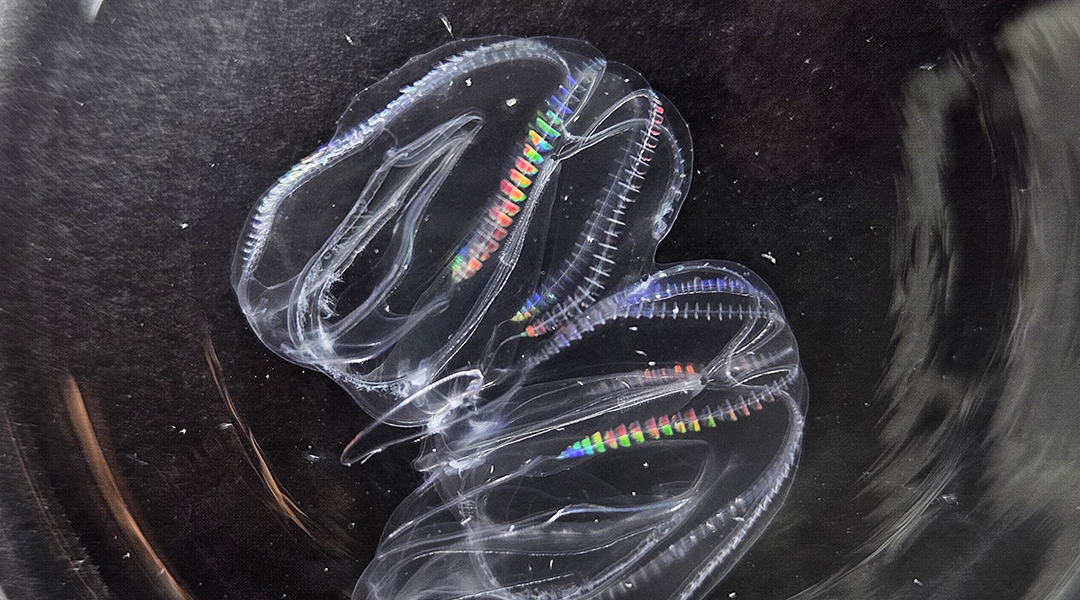

Two individual comb jellies can fuse into a single organism, providing an incredible feat of regeneration rarely seen in the animal world.
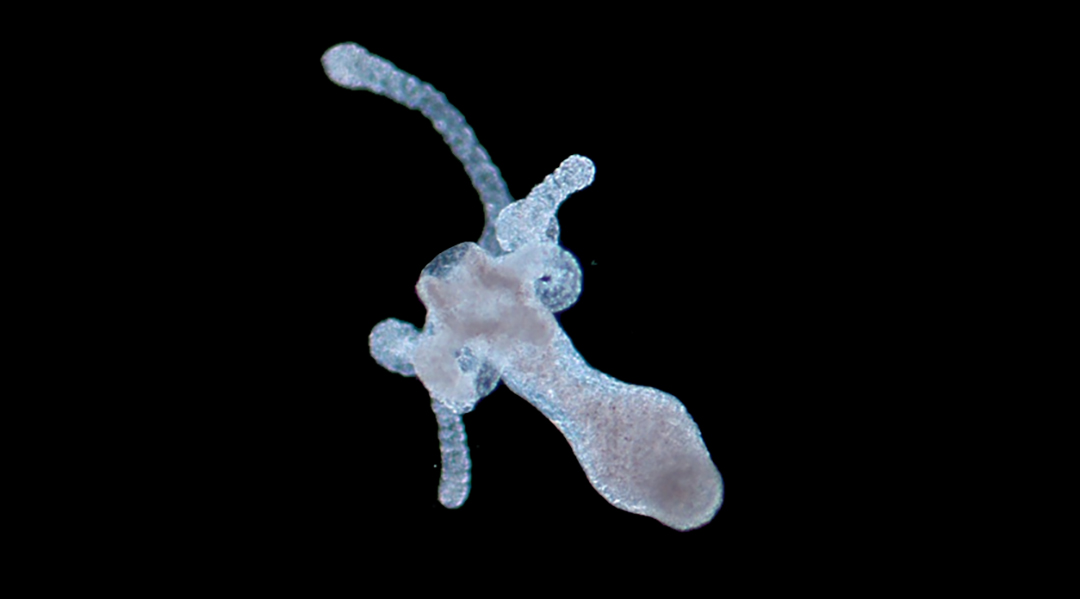
Gold nanoparticles and near-infrared light speed up regeneration and reproduction in hydras, providing insights for regenerative medicine.
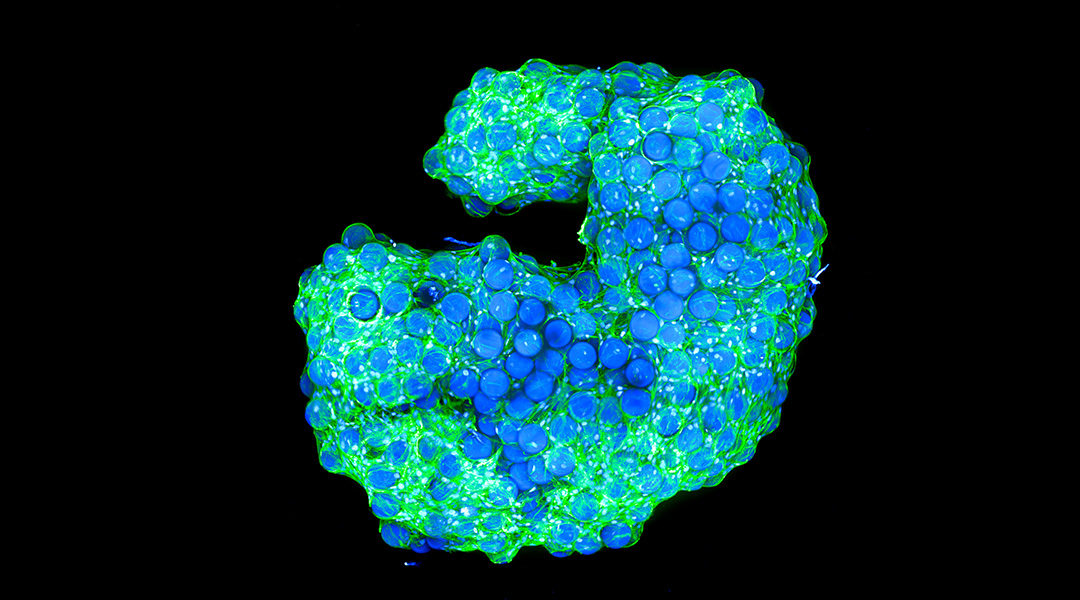
Scientists have created biological structures that when left alone, self-assemble into materials that resemble living tissue.
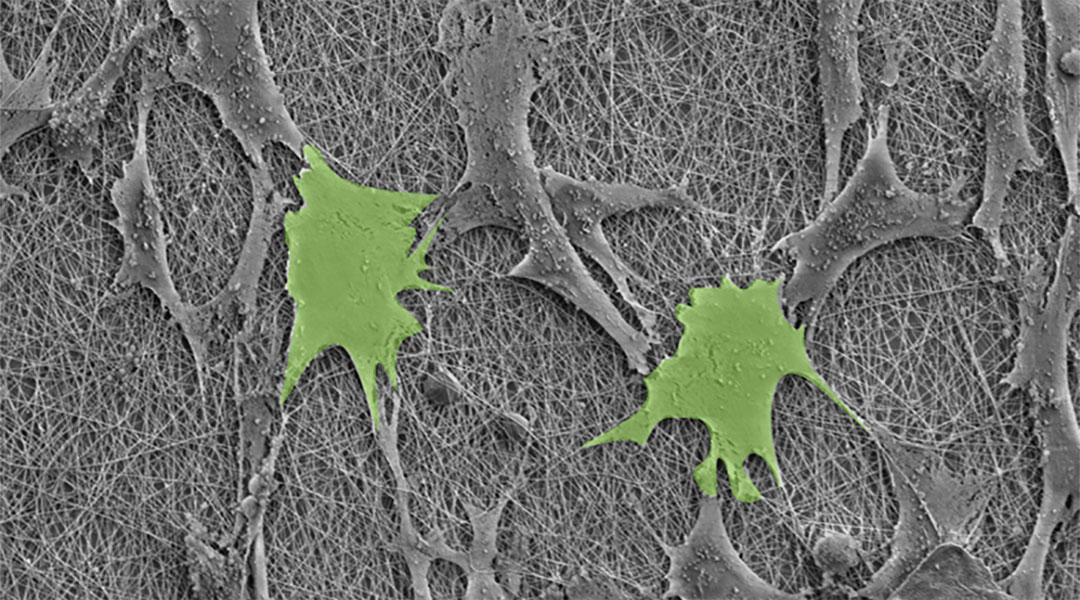
Weaving piezoelectric polymers into nanofibers reveals a surprising pathway to boost stem cell growth naturally, without external power.
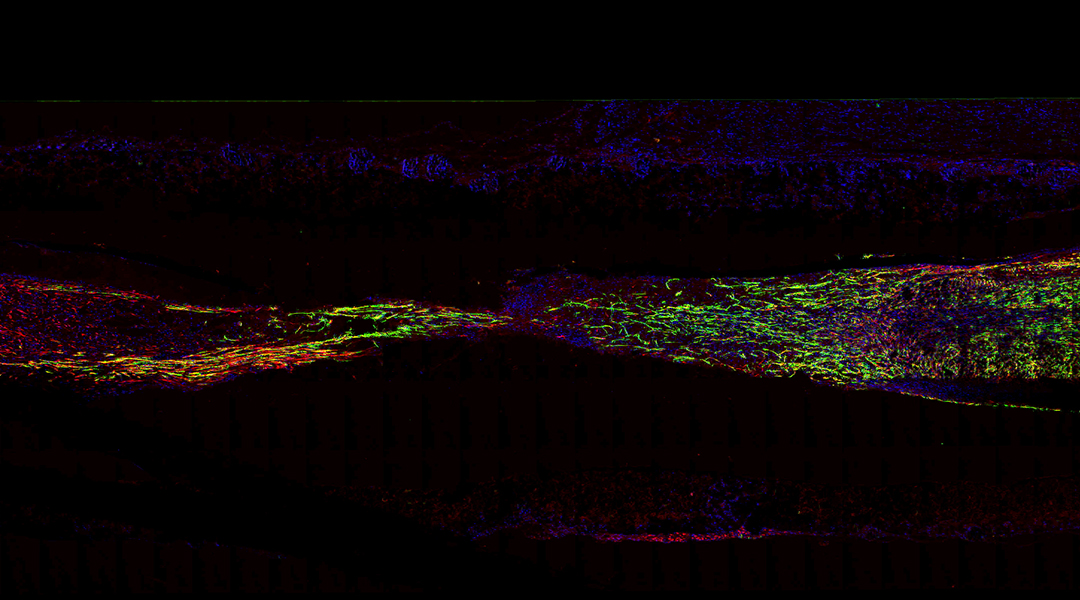
A fully biodegradable nerve scaffold not only helps regenerate damaged nerves, but negates the need for retrieval procedures.
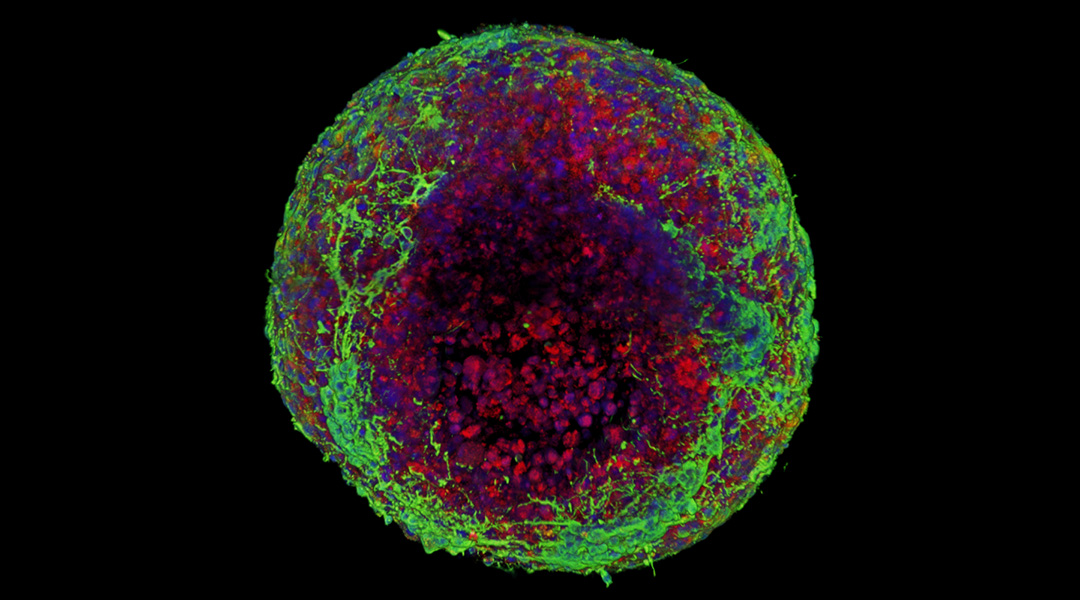
Growing brain tissue requires capturing the realistic “squishiness” and cohesion between cells, but how each cell type contributes has been a mystery.
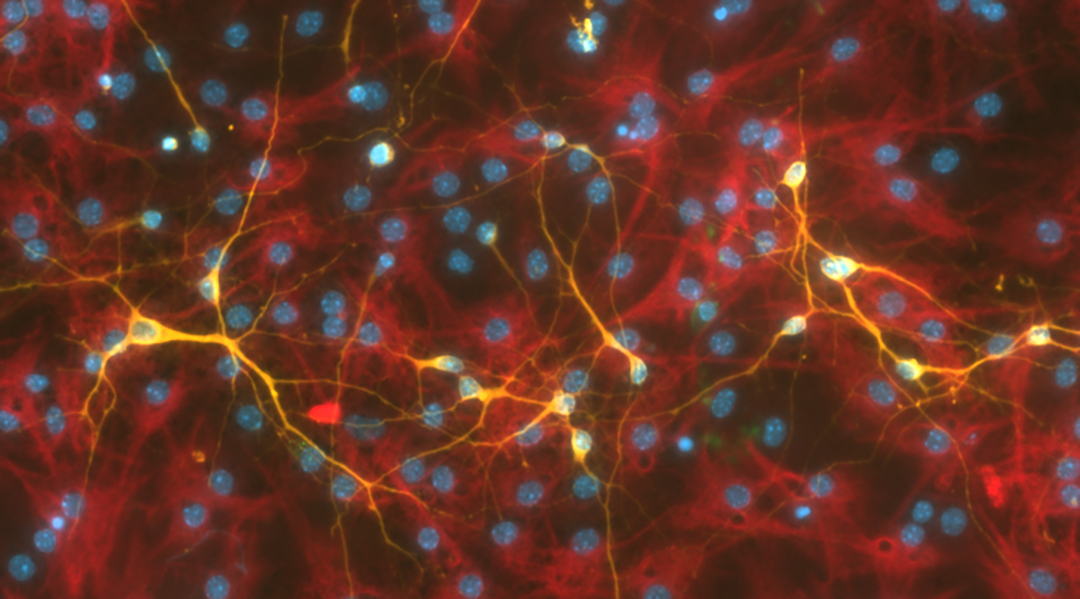
When activated by mechanical stress, a piezoelectric material efficiently stimulates the differentiation of stem cells into new neurons.

An engineered skin with a new secret ingredient helps avoid harmful inflammation while speeding up the wound healing process.
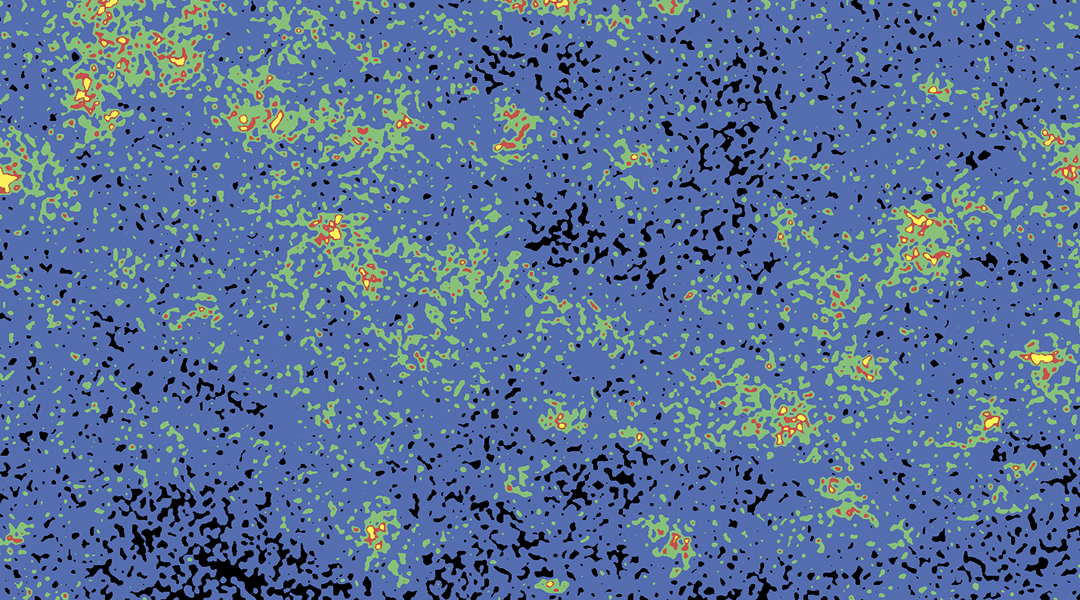
Catalysts that mimic antioxidase enzymes show promise in treating inflammatory diseases, such as gum disease, lupus, or cancer.
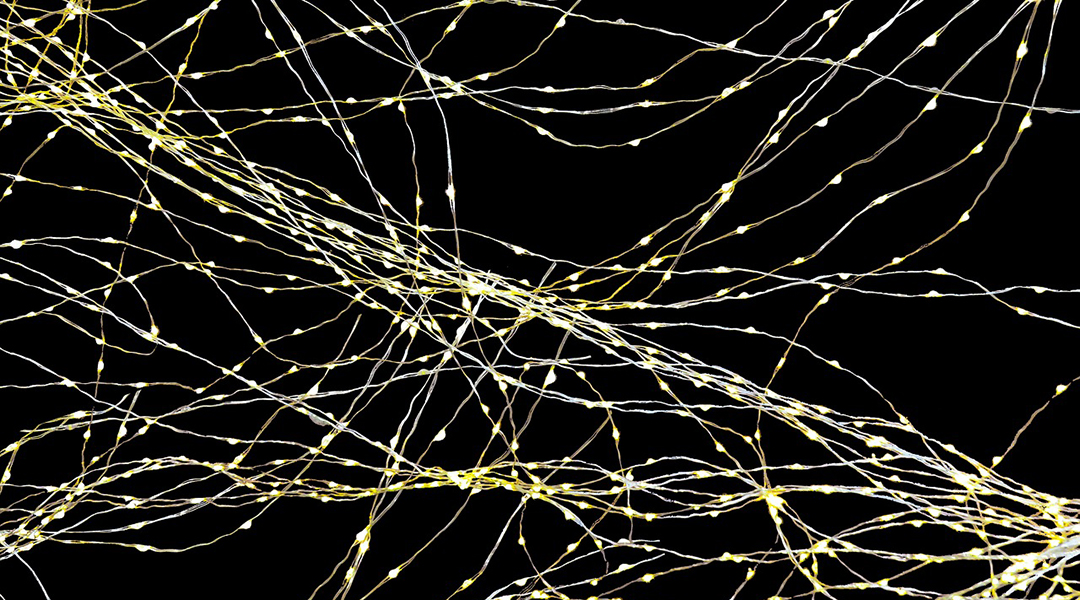
An implantable hybrid device combines the benefits of two therapeutic approaches to help repair nerve damage.